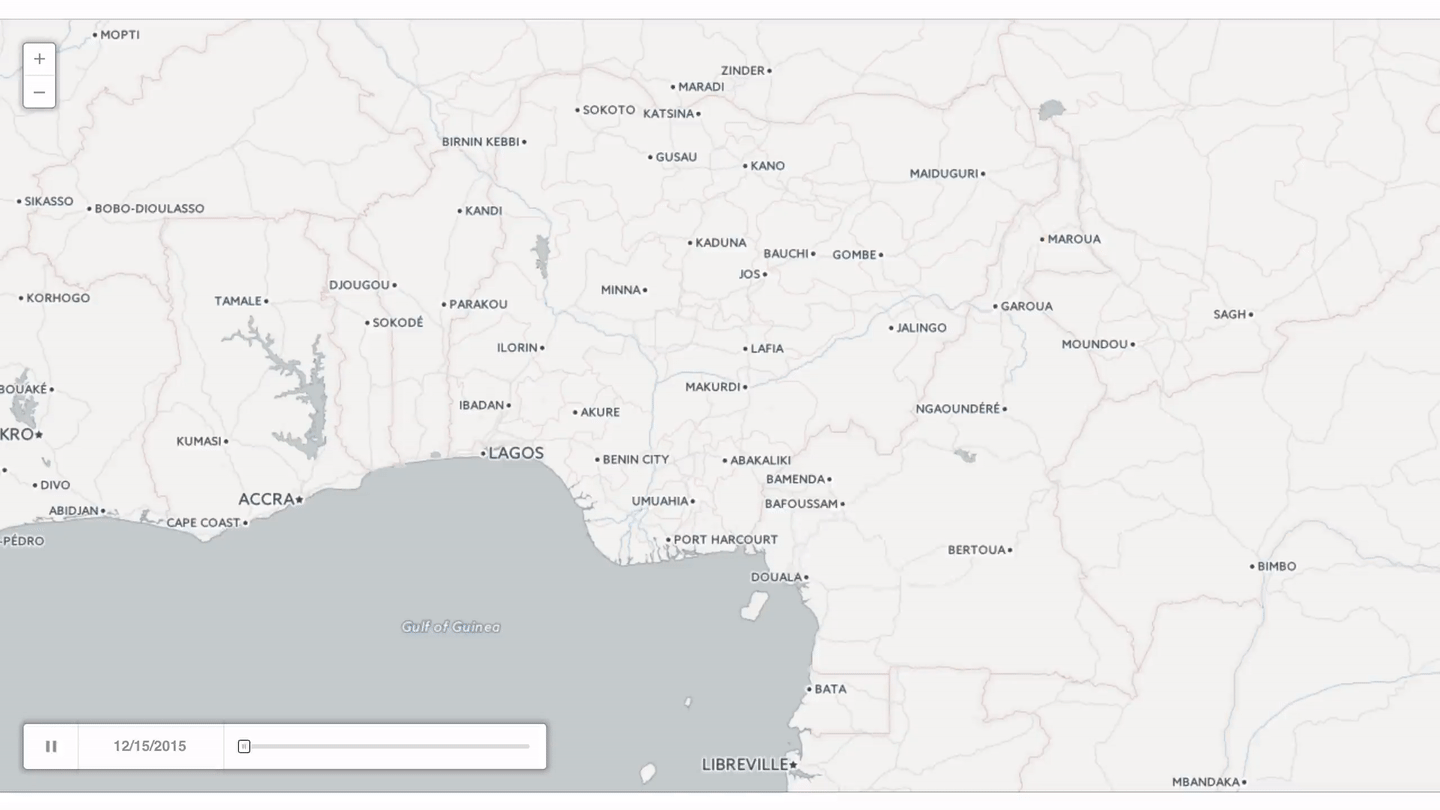After a polio outbreak in October 2013, the nation of Cameroon launched several mass immunization campaigns against the disease. Early campaigns were of poor quality, but after a nationwide, bottom-up "micro-planning" exercise to gather better data on the size and location of the target population, the quality of the campaigns greatly improved and Cameroon's Ministry of Health wanted to build on their success.
To build on the country's micro-planning success, the Ministry of Health chose to create a detailed and up-to-date map with important points of interest like health facilities, settlements, markets, churches/mosques, schools and health area boundaries. These locations are critical for planning immunization campaigns (e.g., polio, measles) and other health interventions, and the easiest, quickest, and most realistic way to build this national health map was with mobile data collection.
This was not the first time Cameroon's health officials and their partners had used mobile data collection. They had previously relied on an established commercial solution for post-immunization campaign coverage surveys, but problems with the software sent them looking for alternatives for this large mapping project. They found Nafundi and ODK.
Nafundi partnered with Cameroon's Ministry of Health, the World Health Organization, the Centers for Disease Control, and the Gates Foundation to design ODK forms for the campaign, install the required servers, configure hundreds of phones, and train teams in the field. Nafundi enabled 400 data collectors to submit more than 80,000 forms in a week.
 A selection of the 80,000 forms being submitted by 400 data collectors in Cameroon. The campaign was one week long and each second of the animation is a single day. Submissions arrive in real-time during working hours.
A selection of the 80,000 forms being submitted by 400 data collectors in Cameroon. The campaign was one week long and each second of the animation is a single day. Submissions arrive in real-time during working hours.
As part of the effort, Nafundi also trained staff so that Cameroon could build and deploy her own data collection projects without much external assistance. In fact, a few months after mapping the country, Cameroon has gone on to launch a polio surveillance program with ODK. The tools and techniques that Nafundi trained on are now being shared with other countries in the region who are implementing disease surveillance.
Dr. Fezeu Maurice of the Ministry of Health and Dr. Sume Gerald Etapelong of the World Health Organization led the mapping effort in Cameroon. When Dr. Sume was asked about his experience, he said, "Nafundi's team provided easy data collection and analysis within a short time. We now have a huge, wonderful, and meaningful database [of points of interest] and I do not think we would have been at this stage without Nafundi."
Whether you need help building a health map in Cameroon, or monitoring chimpanzees in Tanzania, or fixing vacant properties in Wisconsin, Nafundi can help your team collect data accurately and report results instantly. Contact our data collection experts to get started.
In early 2018, polio virus was detected in the sewers of Mogadishu, Somalia and the government moved quickly to vaccinate the country's children in order to prevent a potential outbreak. A vaccination campaign targeting more than 726,000 children was launched in the Banadir and Lower and Middle Shabelle regions. The campaign was carried out by some 3,500 staffers and Nafundi assisted by enabling real-time tracking of vaccination coverage using ODK. Read more.
Fayaz Jatoi is the Coordinator of the Emergency Operations Centre (EOC) for Polio Eradication in Sindh, Pakistan. In this guest post, Fayaz describes why AFP surveillance is critical to polio eradication and how an SMS-based reporting system for private care provider helps. Read more.
This position has been filled. Thanks to everyone who applied! Read more.